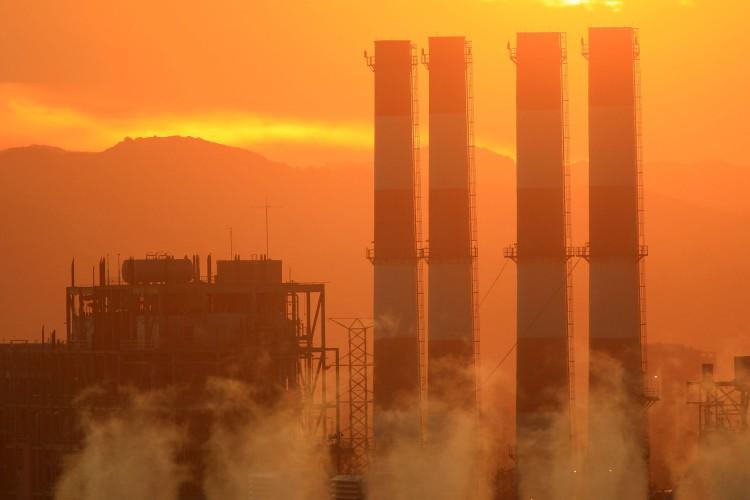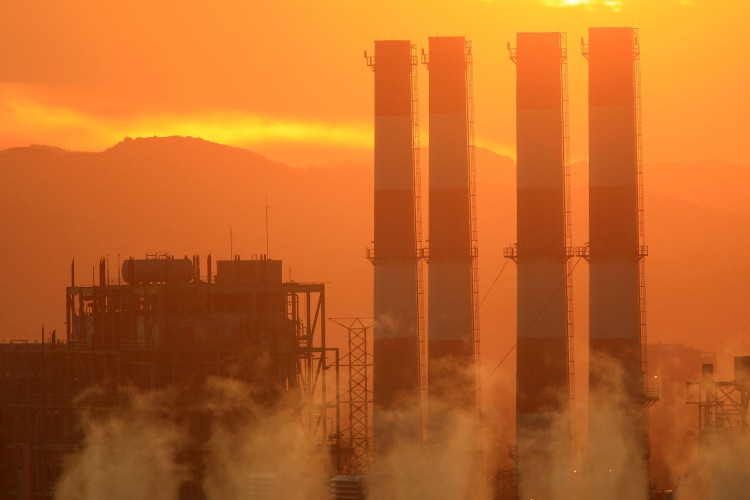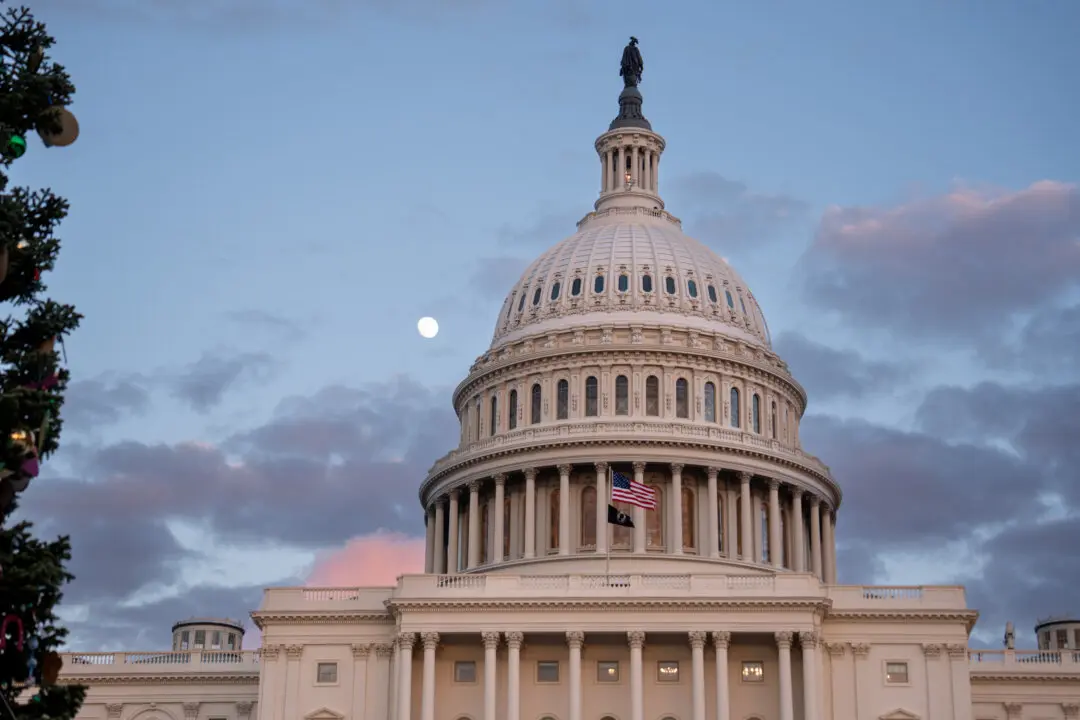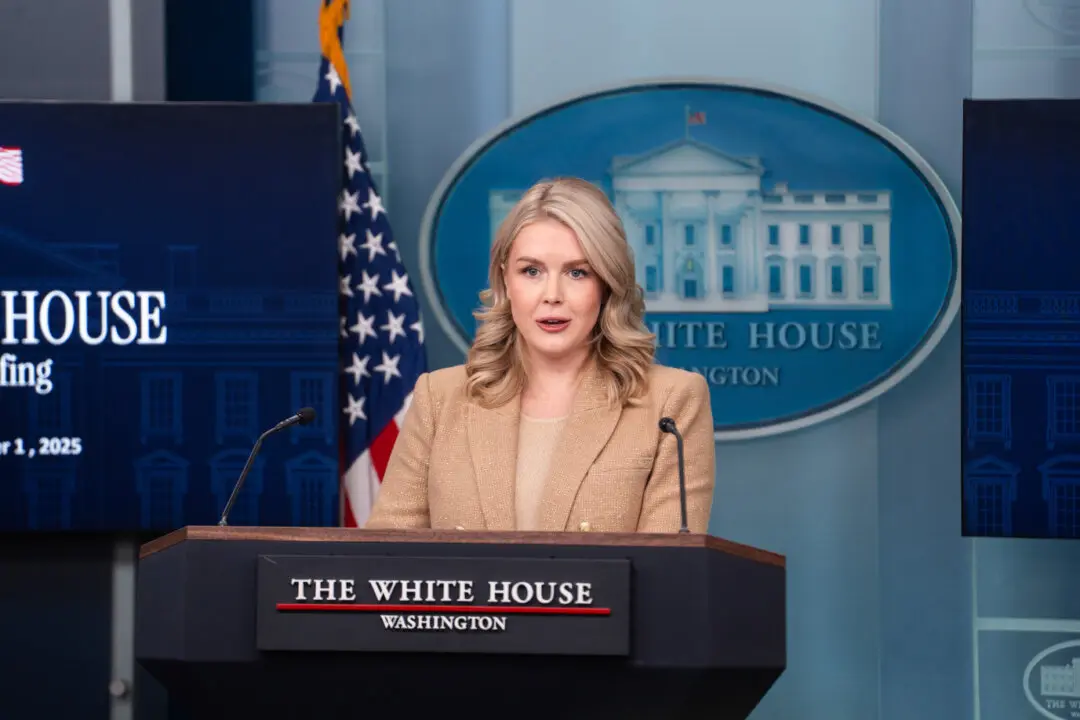SAN FRANCISCO—Despite losing a court case earlier this week, environmental groups are determined to seek improvements to California’s cap-and-trade program, which they say may lead only to a change on paper.
Assembly Bill 32 (AB 32), enacting the Global Warming Solutions Act, was signed in 2006 to allow the California Air Resources Board (ARB) to plan for a 2020 greenhouse gas emission limit with programs like cap-and-trade.
Under the cap-and-trade-program, which the ARB began enforcing on Jan. 1, companies must pay for a permit for every ton of greenhouse gas emissions, and the state will hold a permit auction four times a year. The first auction of greenhouse gas permits was held last November, raising $233 million, as every one of the 23.1 million permits offered for 2013 were sold.
According to two environmental groups, Citizens Climate Lobby (CCL) and Our Children’s Earth (OCE), there is a loophole in the offset program that potentially undermines the effectiveness of the program. Nevertheless, a San Francisco judge ruled against the groups Monday, upholding the system as is.
Offset Credits Spark Debate
Laurie Williams, a CCL volunteer and attorney for the Environmental Protection Agency (EPA), said that the organizaton will file objections and ask the judge to look at the case again.
When a company’s total emissions exceed the allowances it purchased, it can take extra voluntary greenhouse gas emission reduction measures outside of those required by AB 32 to create offset credits. The offset credits function the way the permits do, ultimately allowing up to 8 percent of total greenhouse gas emissions to be covered by offsets.
“At the most extreme case, non-additional credits will completely displace all additional credits and the greenhouse gas emission reductions will only occur on paper,” reads the Statement of Decision on Citizens Climate Lobby et. al. vs. California Air Resources Board, authored by the Superior Court of California.
However, the footnote to that statement reads, “This exact scenario cannot occur here because the use of offsets is limited so that only 85 percent of all potential reductions can come from offsets.”
The nonprofits CCL and OCE are arguing that current categories of approved offsets—livestock manure digesters, destruction of ozone depleting substances, U.S. forests, and urban forests—allow current activities of the company to count as extra offset credits.
“The four protocols the board approved have a problem. The problem is that this would allow already ongoing activities to count as offsets, and that is specifically forbidden in the statute,” said Williams. California law states that these reductions must be additional to “already-happening-anyway” activities that could be included under the four approved protocols, according to the EPA.
“They should use offsets that have integrity,” added Williams.







